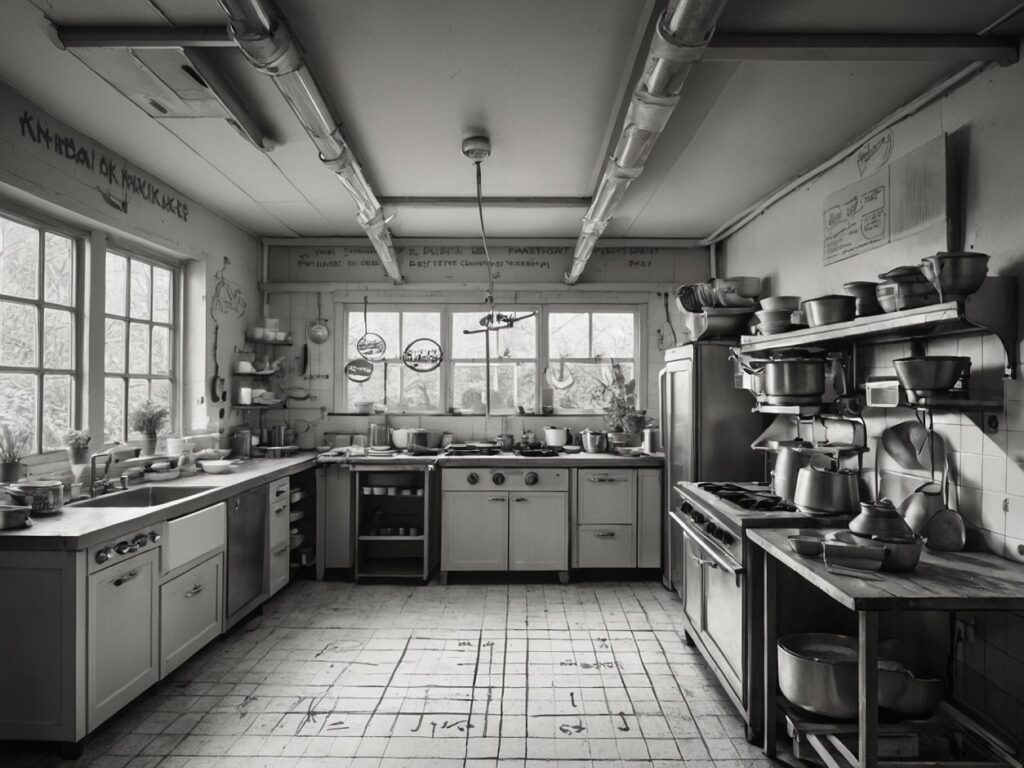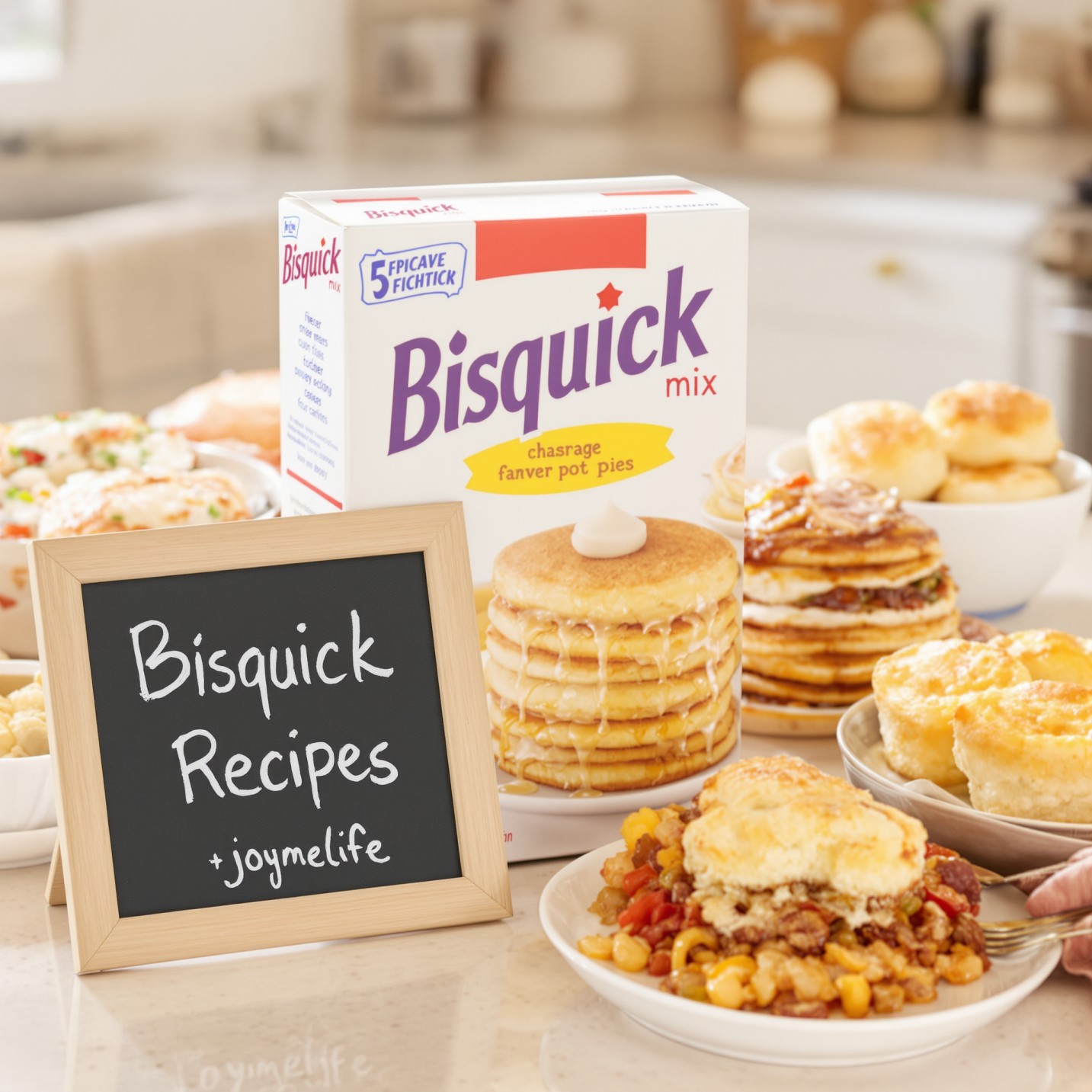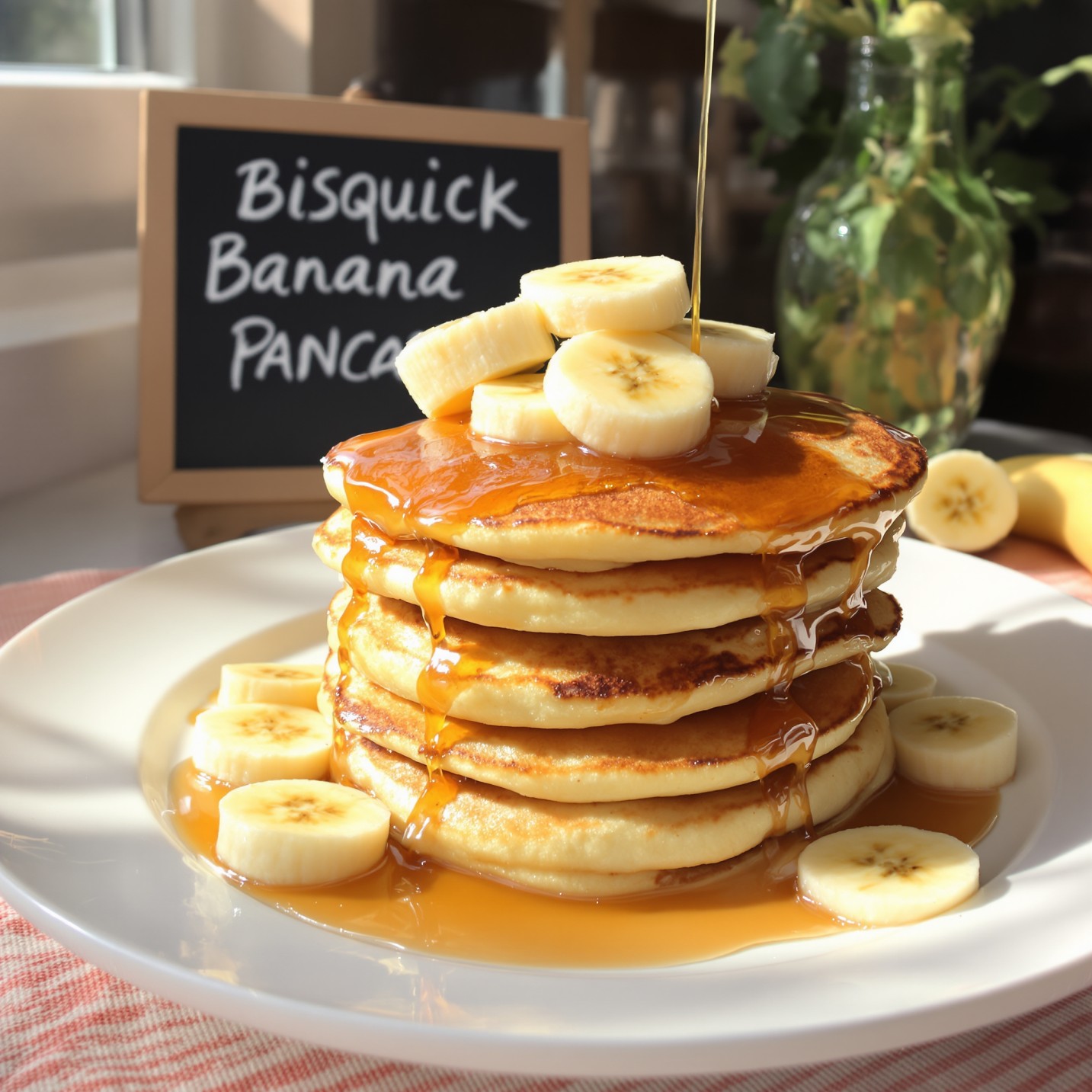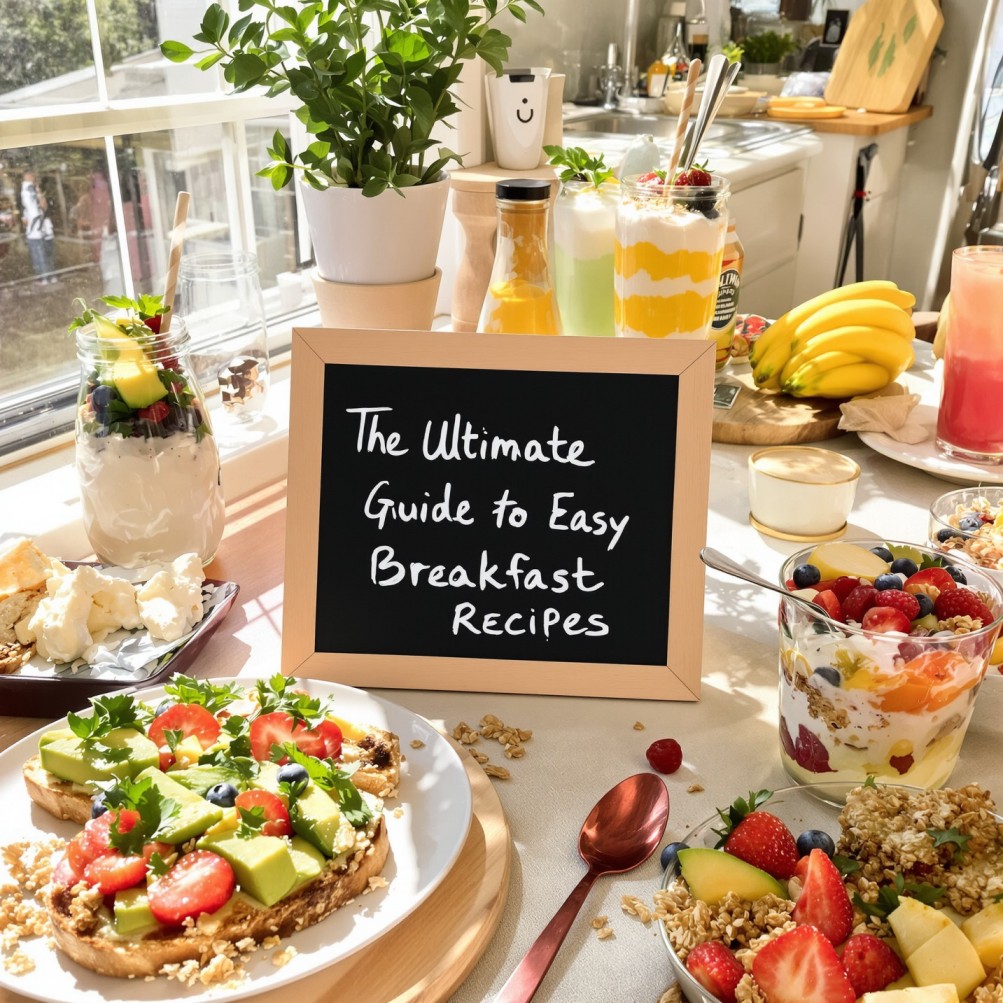Why are your Bisquick buttermilk pancakes flat? Discover the top reasons and easy solutions to achieve fluffy perfection every time!


Your buttermilk pancakes made from Bisquick mix appear flat and flat. Learn about the primary causes and simple techniques for getting perfectly fluffy pancakes every preparation.
During weekend mornings one can dream about enjoying fluffy buttermilk pancakes looking like golden stacks. A dream of preparing these pancakes runs through numerous culinary enthusiasts. Everyone uses their familiar Bisquick box along with tangy buttermilk to prepare the mixture. But then… disappointment strikes. The buttermilk pancakes you anticipated turn out to be dense flat discs. Sound familiar? Many people who use Bisquick with buttermilk encounter flat results in their pancake-making attempts. you’re not alone. A shared kitchen problem exists, and there are multiple straightforward solutions to the challenge—easy cooking with joymelife.
The Pancake Puzzle: Unraveling the Mystery of Flat Bisquick Buttermilk Pancakes
The start of our discussion on pancake fixing will be followed by an appreciation of superb buttermilk pancakes. The perfect breakfast taste includes a touch of tanginess combined with tender texture and butter absorption that perfectly matches sweet syrup. The pancake experience turns into a major disappointment when the final result turns out to be crepes instead of fluffy clouds. The prime causes of pancake failure need examination. Our investigative tools are needed now to find the usual reasons that create flat pancakes.
The Allure of Buttermilk Pancakes: Why We Love Them
Bisquick gets its signature texture and flavor from buttermilk because this ingredient acts as the essential component in the pancake-making process. When buttermilk meets baking soda in Bisquick mixture it creates carbon dioxide through their chemical reaction that results in light and airy pancakes. The buttermilk creates a faint tang which raises the flavor complexity of the dish. Studying how buttermilk works in the pancake recipe establishes the foundation for making perfect pancakes.
Common Culprits Behind Flat Pancakes: Let’s Investigate
We need to focus on the main points ahead. Several factors affect your Bisquick buttermilk pancake success (in terms of their physical height). This piece will review your pancake problems then supply practical fixes for successful buttermilk Bisquick pancakes.
Reason #1: The Batter’s Too Thin – Finding the Right Consistency
One of the most frequent reasons for flat pancakes is a batter that’s too runny. If the batter is thin, it will spread out too much on the griddle instead of puffing up.
Did You Add Too Much Buttermilk? The Liquid Ratio Factor
It’s easy to get a little heavy-handed when pouring liquids. If you’ve added more buttermilk than the recipe calls for, your batter will likely be thinner. A batter thickness should be reached so it maintains a slight shape when using a spoon to place it on the pan.
Solution: Thicken It Up! Easy Ways to Adjust Your Batter
Don’t despair! One can easily fix thin batter by adding Bisquick mix. Stir in Bisquick mix one spoonful at a time while gently blending to achieve the right thickness of the mixture. You need to achieve a batter that sticks to a spoon and drizzles off the surface gradually.
Reason #2: Overmixing the Batter – Gentle Hands Make Fluffy Pancakes
This is a cardinal sin in the world of pancake making! Overmixing the batter develops the gluten in the flour, which results in tough, chewy, and – you guessed it – flat pancakes.
The Gluten Connection: Why Overmixing Leads to Tough, Flat Pancakes
You can find gluten as a protein substance in wheat flour. Mixing batter creates the development of gluten strands. The right amount of gluten development creates structure but excessive development results in excessive denseness. The goal when making pancakes should be tender and lightweight without the density of bread disks.
Solution: Mix Until Just Combined – Embrace the Lumps!
Combine the ingredients only until they show no visible dry areas. A few tiny lumps remaining in the mixture are acceptable for the batter. The lumps contained in the mixture will gradually vanish as you cook the batter. Finish mixing the wet ingredients into the dry ingredients whenever no more dry flour areas remain present.
Reason #3: Using Old or Inactive Baking Powder – The Leavening Powerhouse
Baking powder is the magic ingredient that gives pancakes their signature rise. If your baking powder is past its expiration date or has lost its potency, it won’t produce enough gas to make your pancakes fluffy.
The Science of Rise: How Baking Powder Works (and When It Doesn’t)
Baking powder is a chemical leavening agent that releases carbon dioxide gas when it comes into contact with liquid and heat. This gas creates the air bubbles that make pancakes light and airy. If your baking powder is old, it may not have enough active ingredients left to do its job effectively.
Solution: Check Your Dates! Plus a Quick Test for Baking Powder Freshness
Always check the expiration date on your baking powder. If it’s past its prime, toss it and get a fresh container. Not sure how old it is? You can perform a quick test: put a teaspoon of baking powder in a small bowl and add about ¼ cup of hot water. If it fizzes vigorously, it’s still good to use. If there’s little to no reaction, it’s time for a replacement.

Reason #4: The Pan Isn’t Hot Enough – Patience is Key for a Good Rise
Your pancake results heavily depend on having the right temperature at your cooking surface. When the pan temperature is insufficient, the batter will expand while cooking at a slow pace instead of rising up.
The Heat Factor: Why the Right Temperature Matters for Pancake Inflation
The leavening agents in pancake batter trigger chemical reactions as soon as the batter touches a hot surface which results in essential air bubble formation. The pancake-breading reaction occurs slowly when the pan surface is not hot enough leading to improper pancake rise.
Solution: The Water Droplet Test – Knowing When Your Pan is Ready
A good way to test if your pan is at the right temperature is the water droplet test. Flick a few drops of water onto the heated pan. If the water sizzles and evaporates quickly in small beads, the pan is ready. If it just sits there or evaporates slowly, it needs more time to heat up. Aim for medium heat.
Reason #5: Pressing Down on the Pancakes – Resist the Urge!
Cartoons display the process of pancake flipping when someone flattens the batter with their spatula after flipping it over. Undergoing this visual procedure does not lead to fluffy pancakes because it violates the pancake success formula.
The Air Bubble Barrier: Why Pressing Deflates Your Dreams of Fluffy Pancakes
Remember those precious air bubbles that make pancakes light? Pressing down on them with a spatula forces that air out, resulting in a denser, flatter pancake.
Solution: Let Them Be! Gentle Cooking for Maximum Airiness
Avoid pushing the pancake down with your utensil! Patience will lead your pancakes to their flipping stage when bubbles begin to form. Leave the pancakes to complete their cooking without touching them before flipping. The perfect time to flip them will arrive when bubbles develop on the surface while the edges stabilize.
Reason #6: Not Enough Buttermilk (Ironically!) – The Acid Activation
We discussed too much buttermilk making the batter thin, but not enough can lead to flat pancakes. This is because the acidity in buttermilk is needed to activate the baking soda in the Bisquick mix properly.
The Buttermilk Magic: How Acidity Reacts with Baking Powder for Lift
The composition of baking powder includes both an acid along with a basic component. Additional types of baking powder require an external acid such as lactic acid from buttermilk to achieve total activation. The response from the buttermilk will be less vigorous when you use an inadequate amount for the reaction to rise appropriately.
Solution: Stick to the Recipe – Buttermilk is Your Friend!
Make sure you’re using the correct amount of buttermilk as specified in your Bisquick recipe. Don’t try to substitute it with regular milk without making other adjustments (like adding a touch of lemon juice or vinegar to mimic the acidity).

Expert Tips and Tricks for Fluffy Bisquick Buttermilk Pancakes
Want to take your pancake game to the next level? Here are a few extra tips:
Use Cold Buttermilk: Temperature Matters!
Like regular pancakes, cold buttermilk can help create a better rise. The cold liquid reacts more effectively with the leavening agents.
Let the Batter Rest: A Secret for Extra Tenderness
Allowing your batter to rest for about 5-10 minutes before cooking can help the gluten relax, resulting in more tender pancakes.
Don’t Overcrowd the Pan: Give Your Pancakes Room to Breathe
Cook your pancakes in batches, leaving enough space between them on the griddle. Overcrowding can lower the pan temperature and prevent even cooking.
Recipe Variations and Possible Substitutions (If You’re Feeling Adventurous!)
While the classic Bisquick buttermilk pancake is fantastic, feel free to experiment:
Adding Flavor Boosters: Vanilla, Cinnamon, and More
Stir in a teaspoon of vanilla extract or a pinch of cinnamon for extra flavor. You can also get creative with other spices like nutmeg or cardamom.
Dairy-Free Options: Making Vegan Bisquick Buttermilk Pancakes (Yes, It’s Possible!)
You can make a dairy-free version by using a vegan buttermilk substitute (like almond milk with a bit of lemon juice) and a suitable egg substitute if needed.
Egg-Free Adventures: Pancakes Without Eggs Using Bisquick
As discussed in a previous article, you can easily make Bisquick pancakes without eggs using substitutes like applesauce or mashed banana.
Serving and Pairing Suggestions: Completing Your Pancake Feast
No pancake is complete without delicious toppings and sides:
The Classic Combos: Syrup, Butter, and Berries – A Timeless Trio
You can’t go wrong with the simplicity of maple syrup, melted butter, and fresh berries.
Savory Sides: Bacon, Sausage, and Eggs for a Hearty Meal
Pair your buttermilk pancakes with crispy bacon, savory sausage, or perfectly cooked eggs for a satisfying breakfast or brunch.
Creative Toppings: Yogurt, Nuts, Chocolate Chips – Get Inspired!
Get creative with yogurt, chopped nuts, chocolate chips, whipped cream, fruit compotes, or even a drizzle of Nutella.
Storage and Reheating Tips: Making the Most of Leftovers (If There Are Any!)
Made too many pancakes? Here’s how to store and reheat them:
Storing Your Pancakes: Keeping Them Fresh for Later
Let the pancakes cool completely, then store them in an airtight container in the refrigerator for up to 3 days.
Reheating Like a Pro: Bringing Back the Fluffiness
You can reheat pancakes in a toaster, oven (at a low temperature), or microwave. For the best texture, the toaster or oven is recommended.

FAQs: Your Burning Bisquick Buttermilk Pancake Questions Answered(About Flatness!)
What makes Bisquick buttermilk pancakes rise?
The rise in Bisquick buttermilk pancakes comes primarily from the baking powder in the mix reacting with the acidity of the buttermilk. This reaction produces carbon dioxide gas, creating air bubbles that make the pancakes light and fluffy. Using fresh and active baking powder is crucial for this process.
How do I make my Bisquick buttermilk pancakes fluffy?
To achieve fluffy Bisquick buttermilk pancakes, make sure you don’t overmix the batter, use fresh baking powder, ensure your pan is at the right temperature (medium heat), and use the correct ratio of Bisquick to buttermilk. Letting the batter rest for a few minutes can also help.
Why are my Bisquick buttermilk pancakes flat and dense?
Flat and dense Bisquick buttermilk pancakes are often caused by overmixing the batter, which develops too much gluten. It can also result from using too much liquid, leading to a thin batter that spreads out instead of rising.
Can too much liquid make my buttermilk pancakes flat?
Yes, absolutely. If you add too much buttermilk to your Bisquick mix, the batter will be too thin and will spread out on the griddle, resulting in flat pancakes instead of thick and fluffy ones. Stick to the recommended liquid ratio.
Does old baking powder cause flat buttermilk pancakes?
Yes, old or inactive baking powder is a common culprit for flat pancakes. Baking powder loses its potency over time, and if it doesn’t produce enough carbon dioxide, your pancakes won’t rise properly. Always check the expiration date and test your baking powder for freshness.
video source: Kulick’s Pancake Recipes – YouTube
Notes for Pancake Perfection: The Final Flourish
Bisquick buttermilk pancake fluffiness results from matching the correct batter texture with gentle blending and active rise ingredients, heated pans, and resisting pressing down on the batter. These guidelines, coupled with typical issue fixes, will help you make outstanding pancakes within a short period.
Ready for More Breakfast Adventures?
If you conquered the flat pancake dilemma, why not explore more delicious breakfast recipes on our site? From fluffy waffles to savory omelets, we’ve got everything you need to start your day right!
- The Ultimate Bisquick Buttermilk Pancake Recipe You Can’t Resist!
- fluffy Bisquick Pancakes: Top easy Tips & Tricks
- Easy Homemade Pancakes: No Bisquick Needed!
- Bisquick Pancakes Without Eggs: Quick & Vegan Recipe!
Share Your Pancake Success (and Flops!)
Have you ever battled flat pancakes? What are your go-to tips for achieving fluffy perfection? Share your experiences and any secrets you’ve discovered in the comments below! We love hearing from you.





